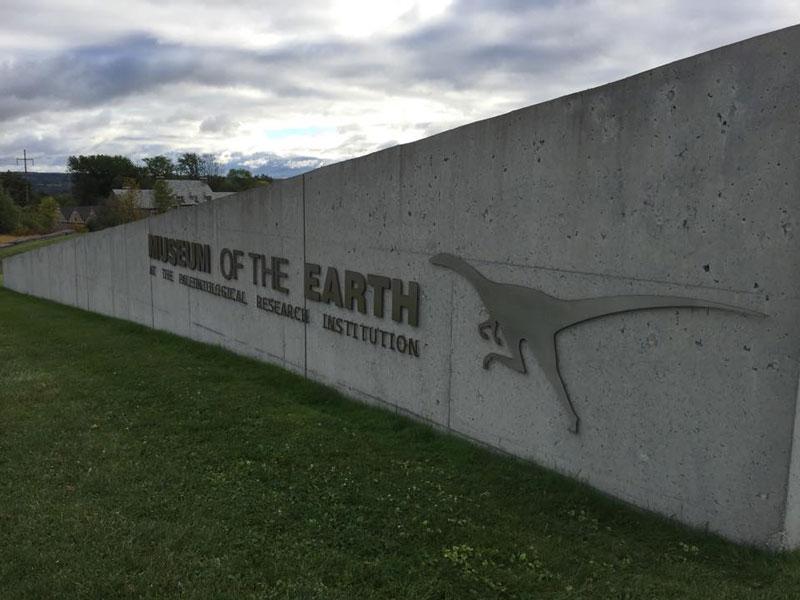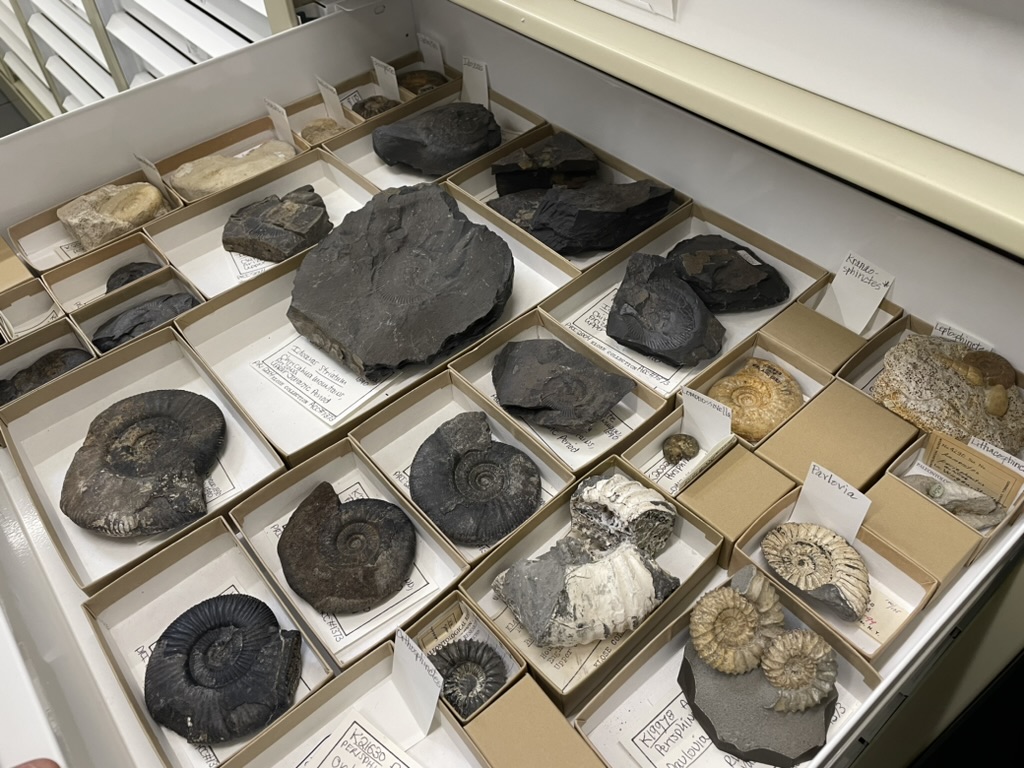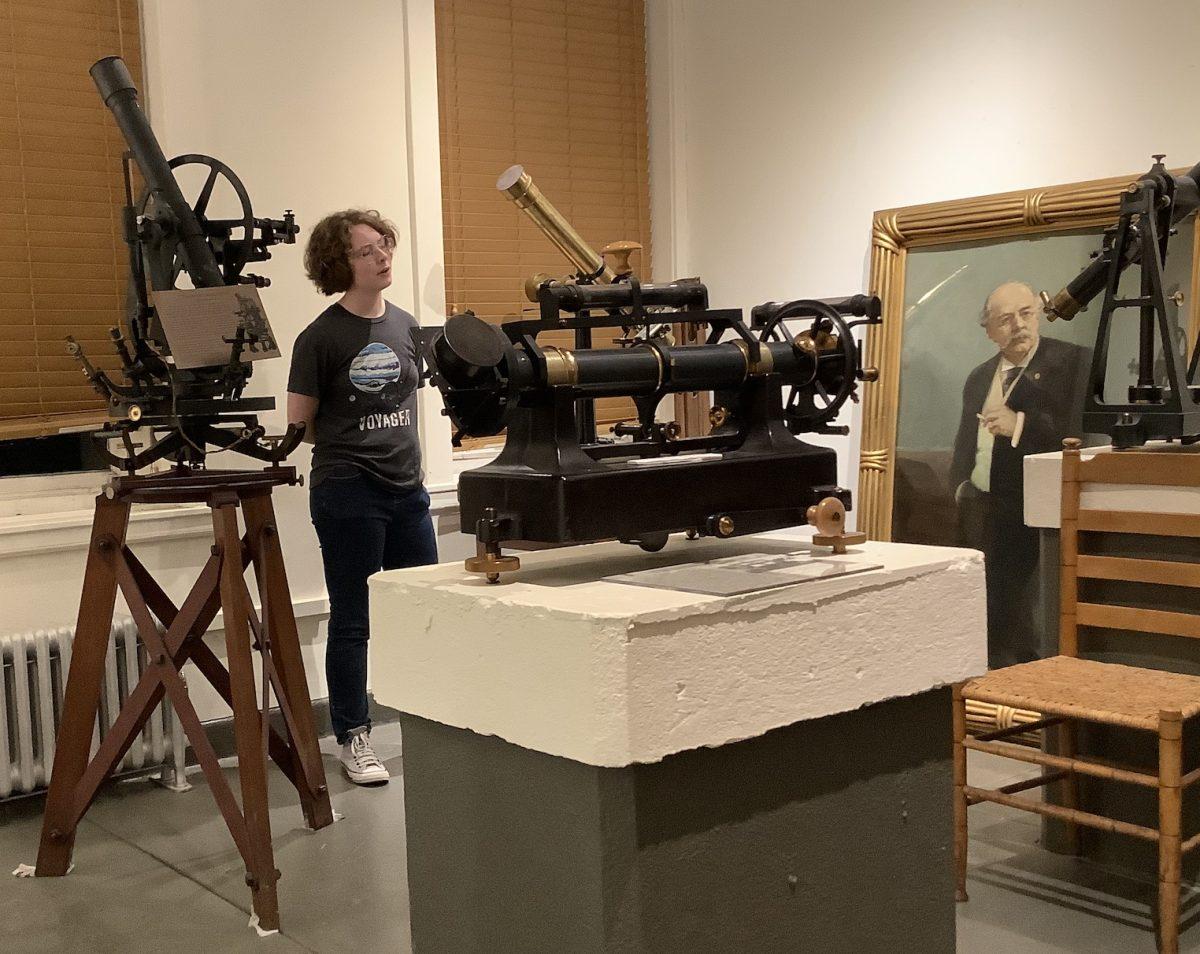John Gurche, Artist in Residence at Ithaca’s Museum of the Earth, has created an artistic model of a newly-announced hominin’s head, which will be featured on the cover of the October 2015 issue of National Geographic Magazine.
Gurche explained in a lecture at Ithaca College campus in the spring of 2015 that the hominin, meaning an early human-like species, was discovered by a group of scientists in 2013 and given the name Homo naledi. Details about the species were shared publicly early this month in a research article and announcement.
Gurche was sent down to the excavation site, Rising Star cave outside of Johannesburg, South Africa, by National Geographic in 2014. Homo naledi fossils were found in 2013, but formal research about them was not published early this month.
“The whole time I was there, it was with an eye towards being able to gather enough information to reconstruct this new creature,” he said.
Reconstructing an extinct face based on fossil evidence starts with understanding what makes modern faces, Gurche said.
“I’ve done about 30 years of dissection, [that is] facial dissection of humans and great apes,” Gurche said. In measuring and comparing the soft tissue and bones of humans and great apes, he said he has come to understand how different structures correlate among species. Working on 3D printed bones, he builds each new hominin discovery from scratch, starting with facial muscles and soft tissues, and adding expressive muscles, eyes, skin and hair.
“They’re suggesting that it could be 2.5 to 3 million years old, but it could be only tens of thousands of years old,” said Thomas Volman, associate professor of anthropology at Cornell University. “It’s a very exciting discovery, but we have a long way to go.”
He said carbon dating, a common method for determining the ages of artifacts, would not work reliably dating for specimens that could be millions of years old.
“[The discovery is] going to be unbelievably informative for us,” said Jennifer Muller, assistant professor of anthropology at Ithaca College. “It’s going to be one of the most important finds ever, in my opinion.”
Even though many questions still remain, there are a few surprising discoveries that have made Homo naledi especially exciting for those who study anthropology. Volman said the find is still impacting the scientific community.
Specifically, the skeletons had physical features particular to both tree-climbers and to walkers, according to Muller. She said this points to the possibility that Homo naledi was a “transitioning” species between early and modern humans.
“It’s got this weird combination of characteristics that nobody particularly expected, so it forces them to rethink how everything fits together,” Volman said.
Five different skulls were found in the same site, and over 1,500 bones in total, which Gurche said are assumed to be both male and female.
“They’re all almost the same size,” Gurche said, “The females are only a little smaller than the males, so that lack of sexual dimorphism has been an important factor.”
The remains of many specimens were found deep in Rising Star cave, which suggests that the species may have buried its dead, according to Muller. She said that there is no evidence of purposeful burial in hominins that early in time.
Gurche agreed, saying, “taking their dead into caves, that’s a rather human-like behavior.”
Volman said that as scientists complete more research, the details about Homo naledi will become more clear.
“It’s a really exciting time for understanding the human lineage,” Muller said



















